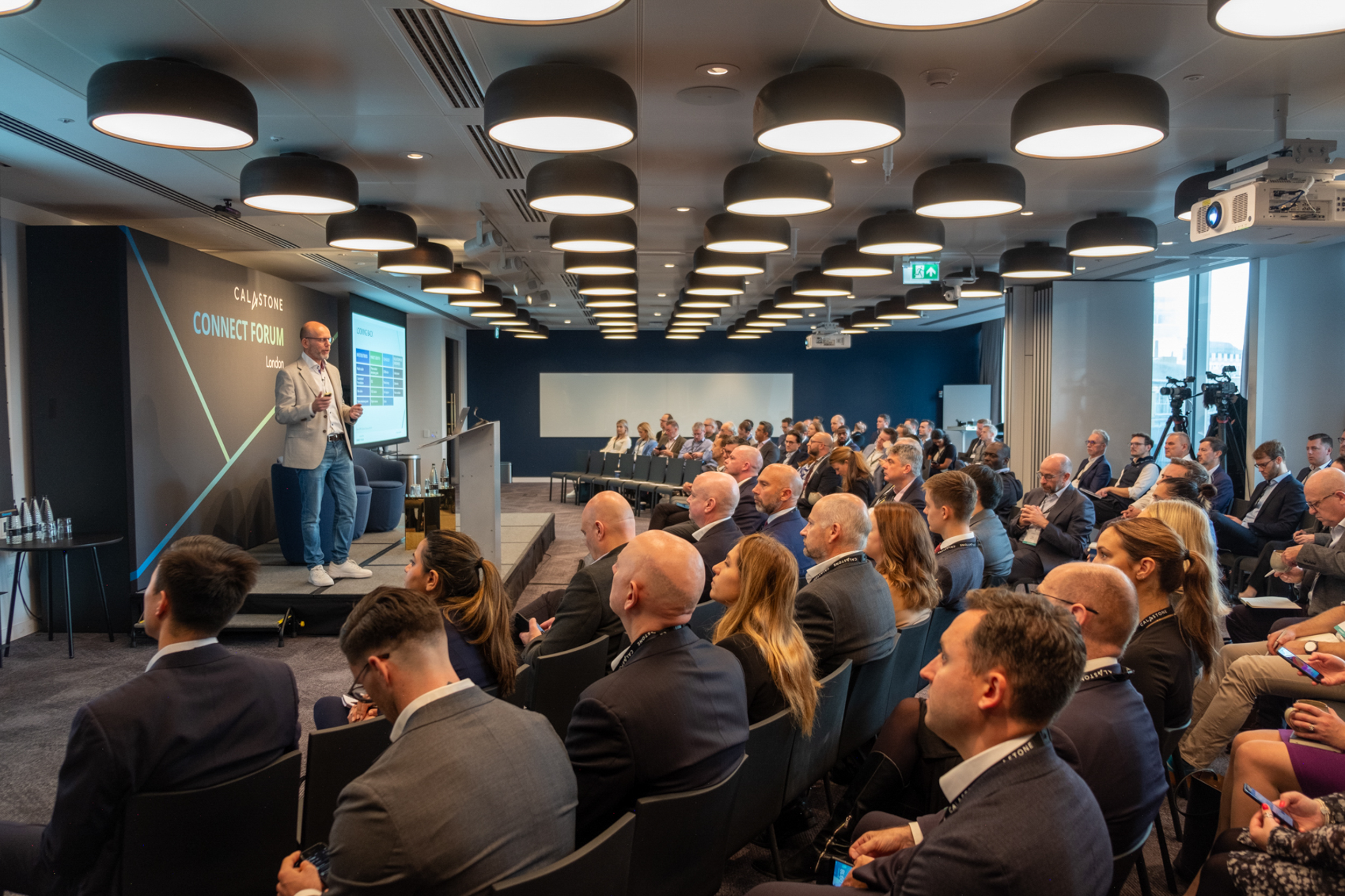Money market funds are an essential tool for corporate treasurers but many struggle with a lack of automation in the investment process and poor quality reporting, writes Ed Lopez, Chief Revenue Officer, Calastone
Money market funds are an essential tool for managing corporate liquidity, used by treasury teams all over the world. But treasurers say that in an era of ultra-low returns, investing in MMFs needs to become much more automated to drive down costs, improve transparency and remove risk from the process.
As a complement to bank deposits, MMFs offer treasurers important advantages, including diversification across counterparties thanks to the spread of assets and issuers within each MMF portfolio, and excellent liquidity due to their same-day, or T-plus-zero, settlement.
But these advantages are offset by some major problems. The process of investing in MMFs often involves time-consuming manual processes that increase costs and the risk of errors.
Reporting is frequently poor because information does not flow seamlessly between the parties to the trade and the various systems that teams have to use, and many complain about their inability to track MMF transactions in real time. Such problems all increase the risks of using these funds in everyday treasury operations.
This issue is a prominent detail emerging from our forthcoming survey of 150 treasurers in the US, Europe and Asia. Full findings will be made available later in July.
The treasurer’s view
To get a broader picture than that provided by the survey itself, Calastone – the world’s largest funds transaction network – has spoken to people involved in corporate treasury to understand the issues they face with current MMF investment processes.
One of the problems highlighted by treasury teams is that, in most cases, the IT systems they use to make MMF investments are not fully integrated. Treasury management systems do not link seamlessly to the funds, fund portals or to payments systems. As a result, instead of end-to-end automated processing, manual steps are needed that slow down the investment process.
“You have to wait for a file to be created and then upload it. And, in some cases, it doesn’t load correctly, usually due to human error,” says Naresh Aggarwal, Associate Director, Policy and Technical, at the UK’s Association of Corporate Treasurers. “These things have to be set up quite carefully. If you don’t do so carefully enough, you can end up with some manual work-arounds.”
Poor reporting reduces transparency
François Masquelier, CEO of Simply Treasury and former Head of Corporate Finance and Treasury and Chief Risk Officer at RTL, the European media group, says treasurers using MMFs frequently have to deal with poor reporting that can make it “difficult to get a clear view of your net position”. This again results from systems that are not properly joined-up.
“I’m in favour of automation and making sure that you have everything captured in one system,” he says. “The difficulty for a lot of people is that they don’t have one system that’s comprehensive and can capture all types of deals. So you multiply the reports and fragment the information, which is not good.”
Onboarding headaches
Treasurers also find the onboarding process they must go through to invest with a new MMF manager extremely slow and cumbersome. “Onboarding is always a challenge,” says Aggarwal. “There’s a huge amount of information required by the fund, and obviously a lot less by the company, and I know it’s [so] frustrating for many fund managers that sometimes people just give up on the due diligence because they have to provide more and more information. Anything that could be done to improve onboarding would be a big help.”
He also points to slow redemption processes as a source of friction. In his experience, treasury teams could sell units in a fund at the beginning of the business day and still be waiting at 3pm to see the money clear into their bank accounts. “There are clearly delays in information and therefore delays in these things getting processed,” he says. “I think more transparency about redemptions would be useful, although some of this is outside the control of the funds. It’s down to payments systems, agents and so on.”
Demand for cloud-based solutions
With treasury teams already stretched by having to use legacy systems – and currently dealing with the added complications of working from home – demand is growing quickly for cloud-based tools that can link the different parties and enterprise IT systems seamlessly. The gains from achieving this are huge: automated end-to-end processing of transactions; comprehensive reporting; and a single, real-time view of positions visible to all counterparties.
Treasurers want systems that are easy to access. It should not take several months to onboard an investor with an asset manager or an investment portal. In our experience at Calastone, this process can be completed in two weeks and in some cases much less. And systems need to provide the level of transparency and reporting that gives everyone security and confidence in the process.
We look forward to sharing a more detailed picture of treasurers’ issues with MMFs when we publish our forthcoming survey of 150 treasurers from around the world, in the coming days.





















